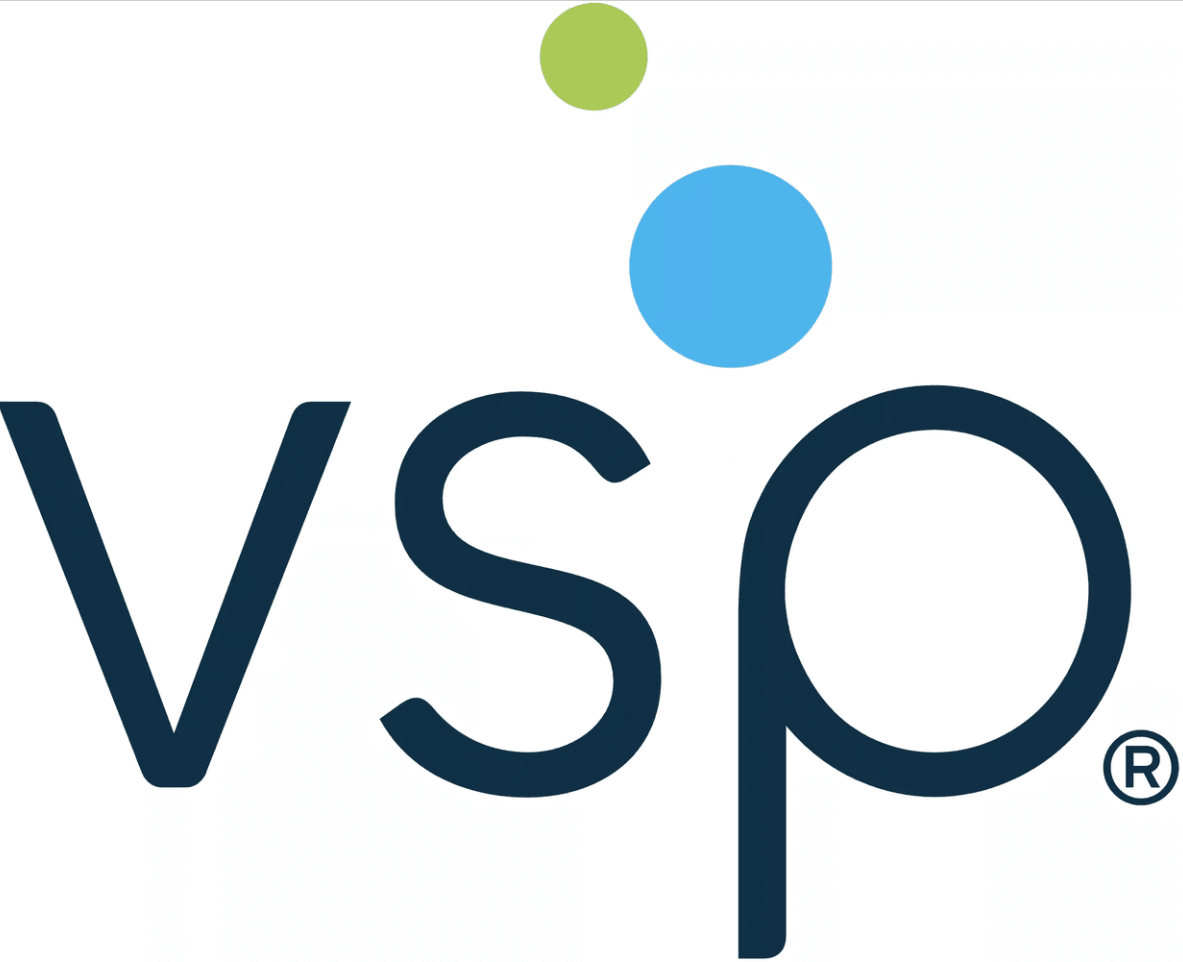Vision Therapy FAQ
Many vision problems do not require surgery for correction. In these situations, vision therapy is typically an option. Vision therapy is a form of physical therapy used on the eyes and brain. It is designed to resolve vision problems that can contribute to learning disabilities. This therapy can also be used an effective treatment for problems like lazy eye, crossed eyes, or double vision.

Common Questions about Vision Therapy
There is more to vision therapy than simply strengthening the eyes. It also enhances the neurological connections between the eyes and the brain. Eyes are the windows of the brain. It directly influences sight based on how it interprets images received. A healthy connection between the eyes and the brain is essential for good eyesight.
Here are answers to frequently asked questions about the nature of vision therapy:
How does vision therapy work?
It uses progressive vision exercises performed under the supervision of your eye care provider. Each set of exercises is tailored to meet the individual visual needs of a patient. These exercises are done 1-2 times per week in sessions lasting 30 minutes to a full hour. The exercises are designed to continue until visual processing problems show improvement.
What is the purpose of the vision exercises?
Vision exercises are designed to help patients improve basic visual skills that connect the eyes with the brain. These exercises can improve visual efficiency by changing how a patient interprets images. This helps them see and understand images correctly.
Do these exercises simply strengthen eye muscles?
Nothing about vision therapy is centered on strengthening eye muscles. These muscles can be strengthened through orthoptics if they need strengthening. This therapy is all about improving vision problems that may interfere with learning by strengthening the neurological pathways between the eyes and the brain.
What is the first step in a vision therapy program?
A comprehensive vision exam is necessary before starting therapy. Following the exam, your eye care provider can determine whether or not this type of therapy is the recommended treatment for your vision problems.
Is there scientific evidence that it really works?
It does work. Studies on vision therapy show it is effective in improving the lives of patients. Data shows that this therapy can improve visual function enough to keep it from interfering with a patient's ability to absorb information and learn. In its own sphere, this therapy is as effective as physical therapy or occupational therapy..
Who typically needs vision therapy?
It can be a useful tool for helping children and adults alike. Children with learning or reading problems can benefit from the vision boost these exercises provide. Eyeglasses are not the solution when the problem is visual processing. These problems can't be detected without tests done by an eye doctor. Adults can see vision improvement through this therapy as well. It can help curb eye-strain related vision processing problems brought on by working with computers all day.




